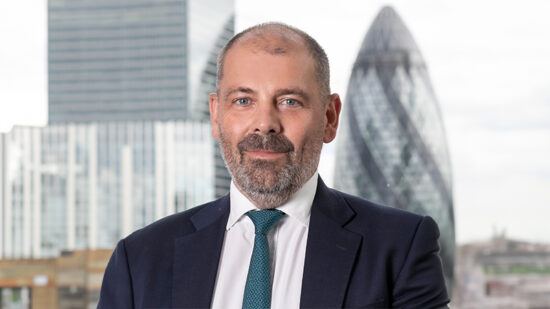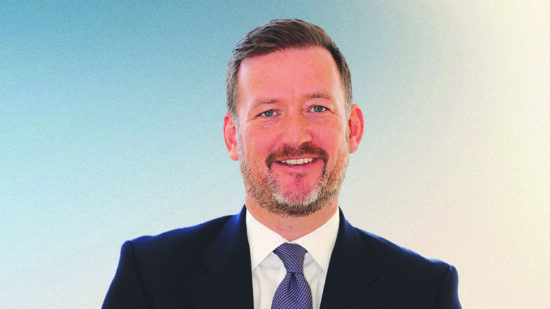Jack Parker, Invesco Perpetual fixed interest manager, is more sanguine, and not worried about sudden shift in policy if the Q3 GDP data springs a surprise.
He said: “Although the expectations of the first UK and US interest rate rises have got a lot closer as the year has progressed, we take central banks at their word that the pace of subsequent rate hikes will be gradual.
“Historically, the Bank of England has raised rates an average of four or five times during each year of a hiking cycle. However, based on the Overnight Index Swap forward curve, current market pricing projects only two hikes a year for the next couple of years.
“This may be a little shallower than what the majority of investment bank economists are predicting, but either way, the pace is universally expected to be slower than previously.”
Furthermore, Woodford Funds warned: “We are not convinced that macroeconomic data has been robust enough to justify such a move, and are concerned that the risk of a policy error is growing.”
For Hector Kilpatrick, Cornelian Asset Management CIO, it is not the timing of the rise but the measure that is the pivotal issue.
“The debate about when the BoE raises interest rates is a bit of a red herring,” he said. “What is more important, however, is the trajectory of rate rises thereafter.
“With a significant lack of nominal global economic growth and a deflationary pulse coursing through the world – commodity prices, china devaluation – it is difficult to argue that a sustained ‘up’ interest cycle is ahead of us in the UK.”
Riding the rate rise
So how are managers readying themselves for the day when the rate rise finally arrives?








